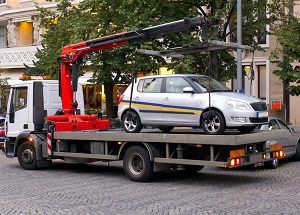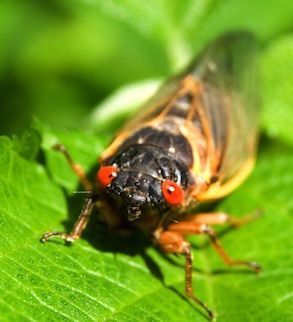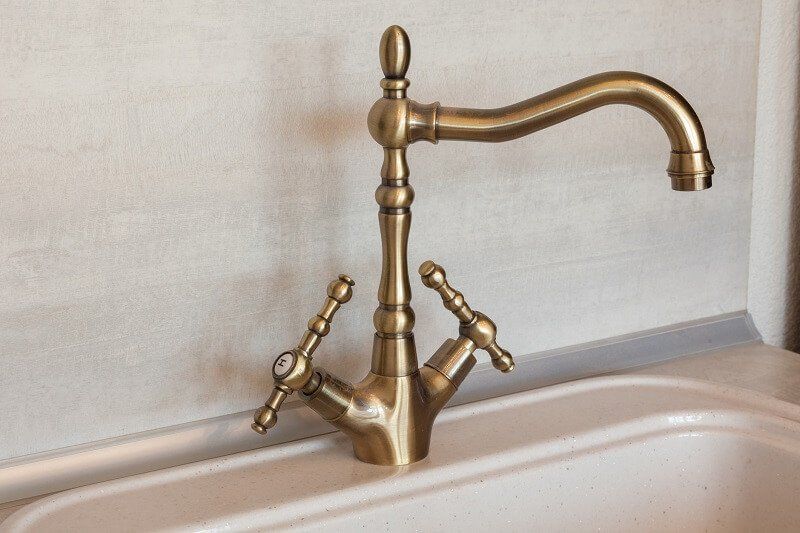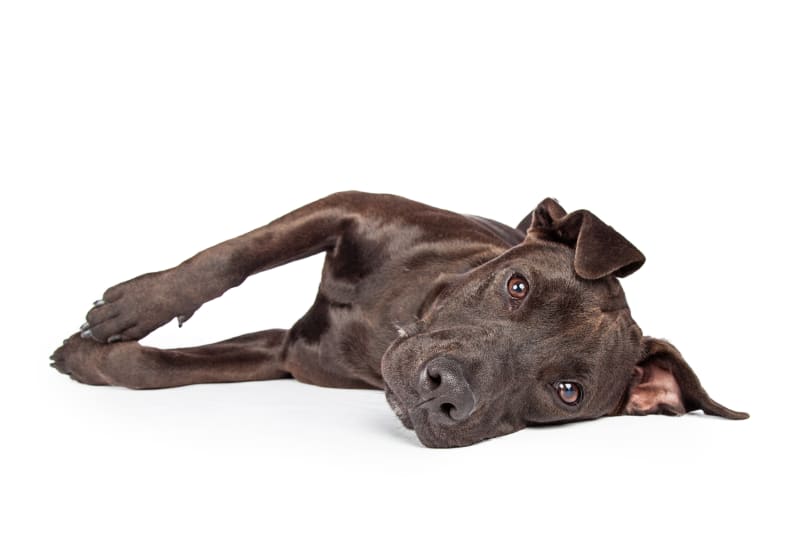Why is My AC Not Cooling? How to Fix?
Why is My AC Not Cooling? How to Fix?

If you've been running your AC all day and night and still feel like you're living in an oven, this post is for you! You have an AC not cooling, it's hot ,and you're not getting the cool air you need. Suddenly, you're stuck in a sweltering house with no relief in sight! So what can you do if your AC isn't cooling? Read on to find out the most common causes of why your central AC might not be cooling and how to fix them in this blog post. Stay chill folks!
How Air Conditioner Works
The air conditioner is a device that extracts heat from inside your home and transfers it to the outside, helping you stay cool during hot weather. This process starts with refrigeration. Refrigerant is a chemical that changes from liquid to vapor as it absorbs and expels heat energy. Your air conditioning system uses refrigerant to extract the heat from inside your home and release it outdoors. Now you have cold air circulating throughout your home.
How does this happen?
The warm indoor air is drawn into the return vent, passes through a filter and is blown over the evaporator coil. The refrigerant cycles through the evaporator coil absorbing the heat from the air, turning the refrigerant from liquid to gas. Now that the air is cool, it is blown back into the house.
Next, the refrigerant travels to the compressor within the outside unit, where the compressor increases the refrigerant's temperature. When the super hot vapor refrigerant reaches the condenser, the last step.The refrigerant passes through the condenser coil and releases the heat outdoors. As the refrigerant cools, it changes from a gas to a liquid again. It is now ready to go through the cycle again.
What To Do If You Have An AC Not Cooling
First: Check Your Thermostat
Several things can be done if your air conditioner isn't cooling. First, make sure the thermostat setting is on "cool" and that the desired temperature is lower than what is currently present in this room. Next, try changing the batteries if that doesn't work, especially if the thermostat screen is malfunctioning. Learn what to do here if the thermostat is not reaching the desired temperature. If your thermostat is not working at all, we can tell you what that means here.
Second: Assess The Circuit Breaker
Next, assess that the circuit breaker is set correctly. Many circuit breakers have a separate breaker for the indoor and outdoor unit. Make sure all the switch settings are correct.
Third: Clear Any Obstructions To Airflow
The consequences of poor air flow are devastating. A dirty air filter prevents airflow, which in turn prevents heat from being transferred out of your home. Not to mention, dirty air filters create extremely bad indoor air quality conditions. So if your AC is not cooling, try changing the filter. Learn how to change your air filter here.
Also, make sure to remove all objects blocking vents and ensure all vents are open. Closed or blocked vents contribute to poor airflow, especially with a dirty air filter.
Fourth: Check Your Disconnect
AC disconnect box
See that box mounted near the outside ac unit? That's called the disconnect box. An A/C disconnect is a safety feature that can shut off the electrical circuit. An HVAC technician will also use the disconnect to cut power when conducting an AC repair or AC service.
Check to see if the disconnect power is shut off. If so, turn it back on. Also, observe if the connections in the disconnect box come loose or burn up. If you find damaged or faulty wires in your disconnect box, you will need an AC repair.
AC Disconnect Switch inside AC Disconnect Box
Have A Local HVAC Professional Fix Your AC
Schedule Service
Why AC Is Not Cooling
AC Has Low Air Flow
Your AC is not cooling, huh? Your thermostat setting states your AC is on and your feel cold air from the vents, but your HVAC system just cannot keep up. If your AC is not cooling, but you feel a low air flow from the vents, there may be an issue with air flow. Keep reading to find out the biggest causes of low cool air flow.
Clogged Filter
When your HVAC filter is dirty or clogged, air flow is seriously compromised. A dirty filter will prevent enough indoor air from passing into your HVAC system and over the indoor evaporator coil. If air flow is restricted, then heat transfer is inhibited. Without the proper amount of air passing over the indoor evaporator coil, your HVAC system will struggle to cool your home.
Filthy Evaporator Coil
The evaporator coil is generally located inside the indoor unit above the furnace and facilitates heat transfer from the indoor air to the refrigerant flowing through it. When hot air is drawn in through the return vents, it is pushed over the indoor coil. The refrigerant flows through the indoor coil and absorbs the heat from the indoor air blown over it. Over time the indoor coil becomes dirty, clogged, and moldy. In some circumstances,a frozen evaporator coil is the cause of your AC not cooling. The buildup of filth and debris inhibits heat transfer from the air to the refrigerant. The refrigerant will freeze when air flow is limited, and your AC will not deliver cold air.
Bad Indoor Fan Motor
If the AC is not cooling, you may have a dirty indoor fan. The indoor fan pulls hot air into the AC unit, and if it's dirty, it won't be able to pull in enough air to cool your home. An HVAC specialist removes the cover during an AC service call and uses a brush or vacuum cleaner to clean off all the dirt and dust from the indoor fan. Once the fan is clean, it can efficiently cool your home.
AC Not Cooling, But Blowing Warm Air
You AC is on but you feel room temperature air flowing out of the vents. Where is the refreshing cold air at?!?! Keep reading to find out why the air conditioning unit is not pushing out cold air.
Bad High Voltage Wire
The high voltage wire signals the AC condenser unit to turn on. If the high voltage wire is loose, disconnected, damaged, or faulty, your AC unit will not turn on. When your AC condenser unit does not turn on, you will be stuck with an AC not cooling. Since the indoor unit is on and the outdoor unit is not, your AC will push out room temperature air.
Faulty Compressor
AC compressor
The AC compressor is necessary for pressurizing the refrigerant and pushing it through the AC system. If the compressor malfunctions, the refrigerant will not transfer heat, resulting in your AC not cooling. Therefore the AC unit will continue to push out room temperature air.
Dirty Condenser Coil
If your air conditioner isn't cooling, there's a good chance of a problem with your outside unit. The outside condenser coil wraps around the outdoor ac condenser. When the refrigerant passes through the outdoor coil, the heat from your home is released outdoors. However, the outdoor coil accumulates dirt, debris, and filth due to regular use and outdoor conditions, preventing critical heat transfer. When the AC cannot release heat, your AC system will not be able to cool your home.
Broken Capacitor
If your air conditioner is not cooling, the problem may be with the capacitor. A capacitor stores electrical energy and releases it when needed to start the motor. When a capacitor fails, it will prevent the outside AC unit from starting up and cooling your home.
Malfunctioning Contactor
One common issue that can prevent your A/C from cooling is a bad contactor. A contactor is a device that helps to turn on and off your AC unit. A closed contactor allows electricity to flow to the compressor and outdoor fan motors; an open contactor prevents electrical current flow. If it becomes damaged or corroded, it can prevent the AC condenser unit from starting up. This can cause your home to become extremely hot and uncomfortable in the summer months.
Faulty Condenser Fan Motor
When the fan or fan motor is faulty, the AC will not be able to transfer heat from inside your home to outside effectively. The condenser fan converts hot, refrigerant gas into cool liquid by blowing air through the condenser coils. When this happens, the refrigerant releases the heat from inside your home to the outdoors. If the condenser fan motor is not working, your AC cannot cool your house.
Bad Outdoor Disconnect
The outdoor disconnect is located near the outdoor condenser unit. If the wires inside the disconnect box are loose, damaged, or burned up, your air conditioning unit will be unable to cool your home.
Incorrectly Charged Refrigerant
Refrigerant is essential to the cooling process. If your AC refrigerant is low, the refrigerant becomes less pressurized, which prevents heat transfer. Low refrigerant results from a refrigerant leak, which means you need an AC repair. Many air conditioning systems use the refrigerant R-22 Freon, which is has been recently banned. Find out what this means for your AC here.
-
Popular Cities
-
Popular Category










